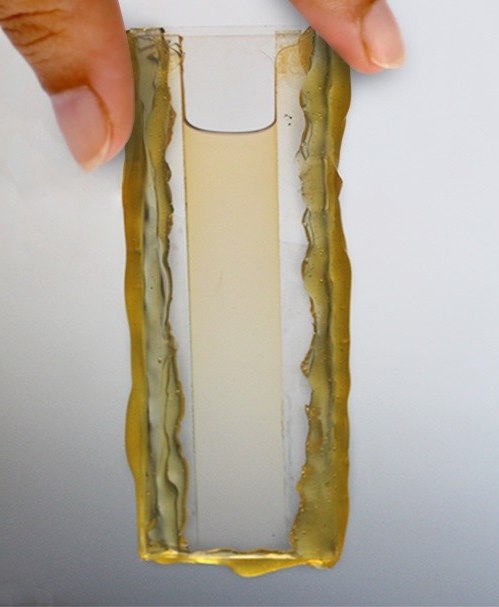Science is a way of thinking much more than it is a body of knowledge.
Diffusion in translucent media
Jul 10, '18:
Diffusion in translucent media
Zhou Shi and Azriel Z. GenackDiffusion is the result of repeated random scattering. It governs a wide range of phenomena from Brownian motion, to heat flow through window panes, neutron flux in fuel rods, dispersion of light in human tissue, and electronic conduction. It is universally acknowledged that the diffusion approach to describing wave transport fails in translucent samples thinner than the distance between scattering events such as are encountered in meteorology, astronomy, biomedicine and communications. Here we show in optical measurements and numerical simulations that the scaling of transmission and the intensity profiles of transmission eigenchannels have the same form in translucent as in opaque media. Paradoxically, the similarities in transport across translucent and opaque samples explain the puzzling observations of suppressed optical and ultrasonic delay times relative to predictions of diffusion theory well into the diffusive regime.
Transition from ballistic to diffusive propagation is seen as the thickness of the colloidal sample in the glass wedge increase:



